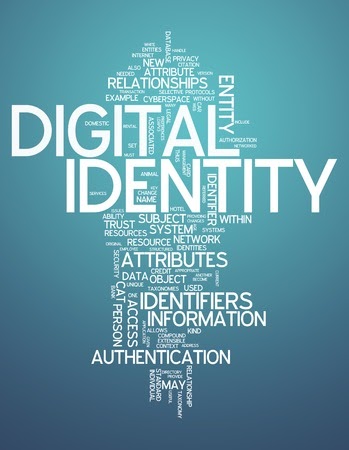Understanding Digital Identity System and its benefits
Customers are cautious while sharing their sensitive personal information. It is the responsibility of the entity to ask for personal information from the users to safeguard it. This is where a trusted digital identity system comes in handy. Digital identity companies have come up with innumerable solutions to establish trust. These solutions range from a simple verification process to a complicated biometric verification.

A trusted digital identity paves for smooth digital workflows, it hastens the process of customer acquisition and provides consistent customer data.
Trusted Digital Identity System:
In simple terms, a Trusted Digital Identity is a thread of link between a person and his equivalent digital entities. In today’s digital world we all own multiple digital identities. Each one of such digital identities has its email id and unique password to access different online services.
Digital identity system includes biometric, and biographic data stored digitally, and made accessible digitally.
To create a digital trusted ID, it’s important to first establish the authenticity of the information provided. The trusted digital ID consisting of documents and biometric data serves as a link between the person and his digital identity.
Trusted digital identity is now required to access services that are very sensitive to the security of the platform. All the services like online banking, mobile money, and eGov have stringent security standards and ask for a trusted digital identity as a gateway.
How to create a Trusted Digital Identity?
There are 3 really simple steps in creating a trusted digital identity. The three steps are capture, verify, and digitalize. It depends on the institution-building trusted digital identity networks to modify the information to be gathered during the process.
Capture: all the documents and biometric information that can be used to establish the identity of the user are captured. It includes passports, driving licenses, IDs, etc. The collected information is stored remotely. The hardware required to collect this information is generally the camera of mobile phones or sophisticated scanners.
Verify: the next step is to ensure whether the provided information is true or not. The captured information is checked against the government records or whatever records available depending upon the level of assurance asked.
Digitalize: the next step forward is to create a virtual identity of the user in the digital identity system. This is done only after the successful verification of the identity proof submitted by the user against his biometric data. The virtual identity so created can be used to login seamlessly into the system. All the user needs to do is to produce his biometric thumb impression whenever he wishes to log in once the identity is digitalized.
Most sought after benefits of a digital identity system:
- It significantly cuts down the operational costs once the digital identity of the user is in place.
- The turnaround time is reduced as the login process with digital identity is seamless and very time efficient. Most of the time you need to give your thumb impression as biometric I’d.
- It has given a boost to customer relationships as the trust of the end-user is established in the digital identity network. Customer experience is revamped, and the complaints are negligible.
- Financial crimes are brought down below alarming limits. Saving valuable money for both the end-user and the service provider.
- A high level of accuracy is achieved, any unauthorized person would find it extremely difficult to penetrate the system.
Comments are closed.